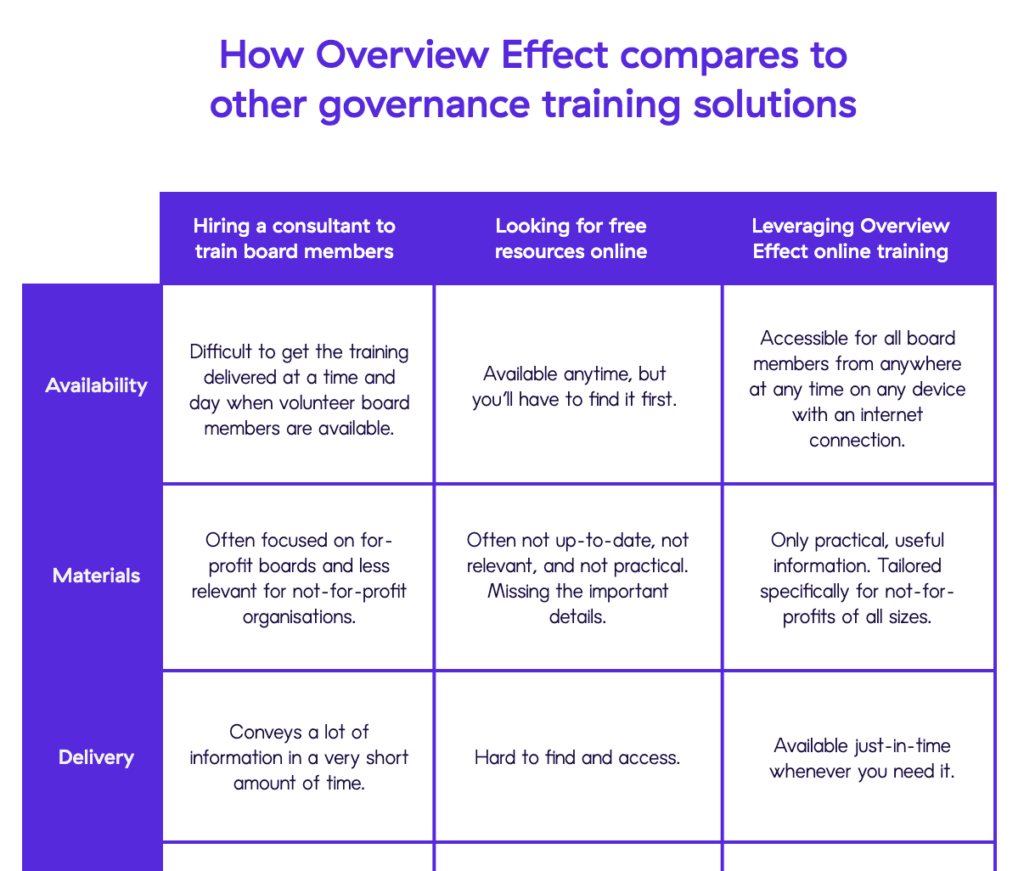“You can’t be serious?” is what I wanted to reply to an email I got a few weeks back. It kinda pissed me off.
Here’s what happened:
One of my annual memberships renewed, and I had noticed the charge on my credit card statement.
Then I started to receive emails from the same business targeted at recruiting new members. That didn’t surprise me because I’m on their email list with two email addresses: one that’s a paying member and one that isn’t. Happened because I can never remember which email address I used to sign up for stuff.
Getting these emails didn’t piss me off. What did was the email that introduced the annual membership price for new members … which was LOWER than the one that I just paid.
As a loyal customer, am I not supposed to get the best deal? What’s going on? I felt cheated. And started to question my loyalty to this business.
The owners obviously didn’t intend for me to see this email with the new price. But I did. And now I can’t unsee it.
Have you experienced something similar?
Maybe it was a countdown timer that pushed you to buy something “last minute.” But the next day, you noticed that the offer was still there.
Or a company made you jump through 16 hoops when you tried to cancel a subscription even though it just took two clicks to sign up in the first place.
All these examples undermine customer trust. Worst case, they turn clients away.
Some entrepreneurs make these decisions intentionally. But often, they don’t even realize that they’re hurting their business more than helping it.
Here’s how you can stay clear of these mistakes.
8 common pitfalls and how to avoid them
These were inspired by Honestmarketer.com, who do a great job educating business owners about honest marketing techniques.
1. The numbers have to match
Using numbers on your website is common best practice. They’re tangible and concrete. The problem is that they’re often static content.
On the homepage, you read “Trusted by 5,000+ businesses.” On the about page, you hear about 5,800 happy customers. And the blog bio talks about 4,000 clients. Nobody is updating these numbers consistently, making sure they match throughout.
You might think that’s a small detail. But it does undermine the credibility of the business.
If possible, use dynamic, real-time metrics. Or set a reminder to update them at least once a month.
2. The never-ending offers
Businesses experiment with different offers to find out which pricing is right. That’s a normal process. But a lot can go wrong here.
What’s supposed to be a one-time deal is repeated three months later, thinking that nobody will notice. But customers do remember. Even worse when the next deal is cheaper than the previous one. Then the clients who bought previously feel cheated. This creates a cycle where customers keep delaying their purchase to snatch an even better deal and eventually don’t buy at all.
So, if you’re running a one-time deal and label it as such, stick to that promise.
3. The “most popular” pricing strategy

Tiered pricing is a great way to offer customers more options and increase sales in the process. With three or four tiers, many businesses label the offer they most want to sell “most popular.” They do that to tap into the customer’s desire for consensus.
Remember Cialdini and his six principles of persuasion? When people are uncertain about what to do, they look to the actions of others. If so many other people bought this plan to make it the most popular one, then this should be the right way to go.
But is it really the most popular plan, though? If the internal revenue numbers say otherwise, then the business is essentially misleading its customers.
Instead of calling it “most popular” and end up in this ethical dilemma, you can label the offer “recommended.”
4. Confusing cancelations
Obviously, you want to make it as easy as possible for new customers to buy your product or sign up for your service. Ideally, it’s done with one or two clicks.
If it’s so easy to get started, why should it be any harder to cancel a service? Making it difficult for customers to leave, to the point where it involves calling customer service causes unnecessary frustration. It leaves a bitter aftertaste, and clients will be much less likely to recommend the business to anybody else (well, maybe their worst enemy).
Aim for symmetry between the onboarding and offboarding process. If onboarding actually requires some handholding by customer service, then offboarding might as well. In any other case, canceling should be simply a no brainer.
5. Unfair competitor comparisons
Comparing yourself to your direct competitor and clearly coming out on top is a powerful way of making a sales argument. You’ve probably seen the tables where product A ticks all the boxes making product B look like a total loser.
The tricky thing is that most of these comparisons aren’t fully honest. And they can’t be. No two products are exactly comparable by default. Businesses constantly upgrade and update their features to stay on top. So do these tables get updated every time the competitor releases a new feature? Another problem is comparing elements that can’t be measured objectively like the quality of the customer service. Who can vouch that one is really better than the other?
I’m not saying don’t use comparisons at all because there’s a more ethical way to leverage them. Instead of comparing your product or service against a particular competitor, compare it to not using it at all or an alternative solution. Here’s an example:

6. Hyperbolic copywriting
Everyone wants to be “the easiest,” “the fastest,” “the best” in something. But calling yourself that doesn’t make it true. And unless your customers are Buddy the Elf, they won’t believe it anyway.

But what if you’ve been rated the #1 solution for XYZ in a certain magazine or trade publication? Can you then call yourself the #1 solution? Yes, if you add #1 rated by …
Here’s another idea: Get one of your happy clients on record calling you the “the best.” Then you can use this testimonial wherever you want.
7. Perpetual countdown timers

Let’s make this quick: don’t use countdown timers if your offer isn’t actually expiring.
If you want to create a sense of urgency for an evergreen product, you can let a promo price or a bonus run out. But not the product itself.
8. Testimonials
When you’re just getting started in business and don’t have clients yet, your website can feel naked without testimonials. Everyone else has them!
This might urge you to get something up asap. But paying a random person on Upwork who has never used your product to write a testimonial is an absolute no-go. And when you do get a great comment from an actual client, always ask for their approval before publishing it under their name.
The bottom line
By reading through the pitfalls and recommendations above, you’ve probably noticed that doing marketing the honest way takes more work. It can mean deviating from the default and ignoring whatever growth hackers tell you to do.
But I believe the upsides are worth it. Like having a reputation as a business with integrity that doesn’t need to resort to sleazy tactics. Like being a trusted partner for your customers who respects them. And being able to look yourself in the mirror.
To finish the story … I didn’t cancel my membership because I still get a ton of value out of it.
Even though it felt weird reading about the lower price for new members, I told myself that they probably had a good reason to drop it.






